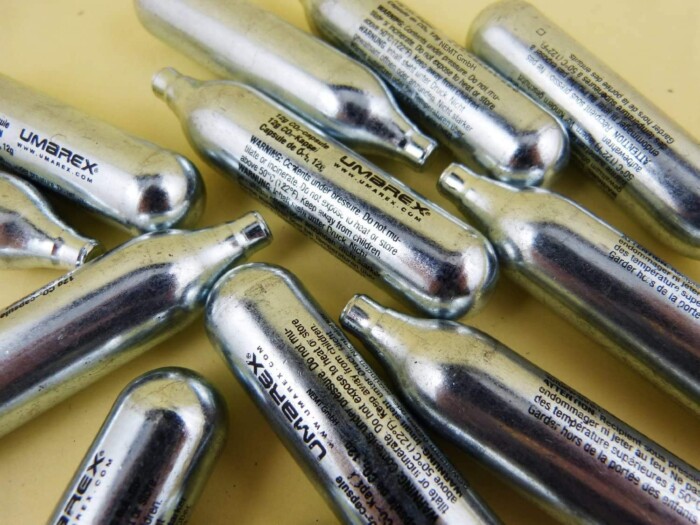Introduction:
Are you torn between a spring-piston airgun and a CO2-powered airgun? We understand the dilemma! To help you make an informed decision, we’ve created this comprehensive guide comparing the two types of airguns. By exploring their differences, benefits, and limitations, we aim to assist you in finding the perfect airgun for your shooting preferences. Let’s dive in!
- Understanding Spring-Piston Airguns:
Spring-piston airguns are renowned for their simplicity, reliability, and affordability. They operate by utilizing a coiled spring mechanism to generate power and propel the pellet. Here are some key points to consider:
- Power and Accuracy: Spring-piston airguns generate considerable power, making them suitable for target shooting, small game hunting, and pest control. While they can be accurate, mastering their shooting technique is crucial for consistent results.
- Recoil and Noise: Spring-piston airguns have a noticeable recoil due to the spring’s release, which can affect shooting accuracy. Additionally, they tend to produce more noise compared to CO2-powered airguns.
- Maintenance: Spring-piston airguns require minimal maintenance, usually consisting of periodic lubrication and spring tension checks. They are relatively robust and can withstand rough handling.
See More Spring Powered Airguns
- Exploring CO2-Powered Airguns:
CO2-powered airguns use pre-filled CO2 cartridges to propel the pellet. They are known for their ease of use, versatility, and consistent shot-to-shot power. Here’s what you need to know:
- Power and Accuracy: CO2 airguns offer consistent power levels throughout the shooting session, providing reliable accuracy and predictable trajectories. They are ideal for plinking, target shooting, and recreational use.
- Recoil and Noise: CO2 airguns generally have less recoil compared to spring-piston counterparts, resulting in improved shot-to-shot consistency. They also produce less noise, making them suitable for backyard shooting and areas with noise restrictions.
- CO2 Cartridges: CO2-powered airguns rely on disposable CO2 cartridges. While convenient, it’s essential to consider the ongoing costs of purchasing new cartridges as part of your shooting expenses.
- Factors to Consider When Deciding:
When deciding between a spring-piston and CO2 airgun, several factors can help guide your decision-making process:
- Shooting Purpose: Determine whether you intend to use the airgun for target shooting, pest control, plinking, or recreational shooting. Each purpose may favor a particular type of airgun.
- Power and Range: Consider the power and range requirements for your shooting activities. Spring-piston airguns generally offer higher muzzle velocities and energy, while CO2 airguns provide consistent power across multiple shots.
- Budget: Evaluate your budget, considering both the upfront cost of the airgun and the long-term expenses. Spring-piston airguns tend to be more affordable initially, while CO2 airguns may have ongoing cartridge costs.
- Shooting Environment: Assess whether noise restrictions or limited shooting areas play a role in your decision. CO2 airguns, with their reduced noise levels, may be more suitable for urban or backyard shooting.
Conclusion:
Choosing between a spring-piston and CO2 airgun ultimately depends on your shooting preferences, purpose, and budget. Spring-piston airguns offer affordability, power, and durability, while CO2-powered airguns provide ease of use, consistency, and reduced recoil. Consider factors such as shooting purpose, power requirements, budget, and shooting environment to make an informed decision.
At Pellpax, we offer a wide range of high-quality airguns to cater to various shooting needs. Visit our website to explore our selection and find the perfect airgun that aligns with your needs.

